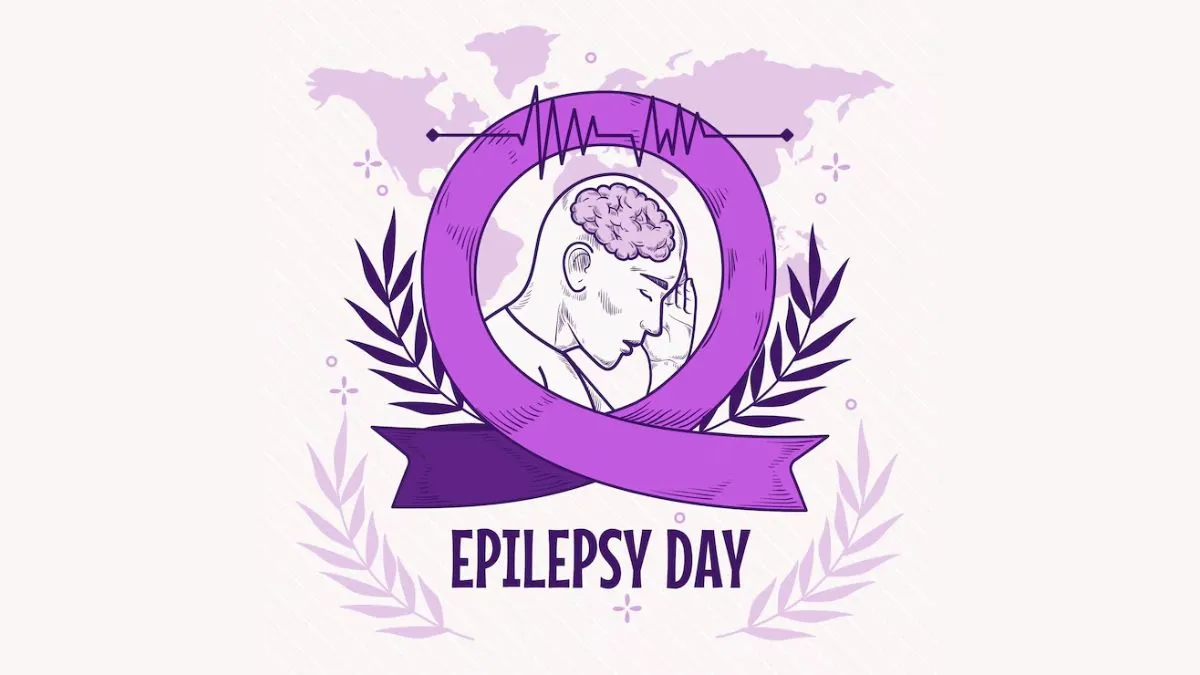Epilepsy affects approximately 65 million people worldwide, with 1 in 26 individuals in the U.S. diagnosed with the condition during their lifetime. Despite its prevalence, epilepsy remains widely misunderstood, often leading to stigma, social isolation, and discrimination. Purple Day® serves as a global movement dedicated to raising awareness, educating communities, and eliminating misconceptions about epilepsy.
The Origins of Purple Day®
Purple Day® was established in 2008 by Cassidy Megan, a young girl from Nova Scotia, Canada, who was diagnosed with epilepsy. Inspired by her own experiences and the challenges she faced, Cassidy created this initiative to ensure people living with epilepsy feel supported while educating the public about the condition. With the backing of The Anita Kaufmann Foundation and the Epilepsy Association of Nova Scotia, Purple Day quickly expanded and is now observed in over 100 countries worldwide.
How to Participate in Purple Day® 2025
On March 26, show your support by wearing purple, hosting educational events, and using social media to spread epilepsy awareness. The Epilepsy Foundation encourages everyone to participate in the “Power in Purple” initiative by sharing their stories and advocacy efforts using the hashtags #PurpleDay and #EpilepsyAwareness.
“Purple Day is more than just an awareness event—it’s a movement,” said Bernice Martin Lee, CEO of the Epilepsy Foundation of America. “By wearing purple, sharing facts about epilepsy and seizures, and advocating for change, we can shift public perceptions and ensure that no one faces epilepsy alone.”
About Epilepsy
Epilepsy is recognized as the most common serious brain disorder, affecting people of all ages, races, and backgrounds. According to the U.S. Centers for Disease Control & Prevention (CDC), approximately 3.4 million Americans live with epilepsy. The condition is characterized by recurrent seizures, which result from sudden bursts of abnormal electrical activity in the brain, disrupting normal function.
Join us on March 26, 2025, and harness the “Power in Purple” to create a world that understands and supports those living with epilepsy.
By participating in Purple Day®, you can help break the stigma, raise awareness, and advocate for better resources and support for individuals with epilepsy. Whether you choose to wear purple, share educational resources, or host an awareness event, every action contributes to a more informed and compassionate society.
Epilepsy affects millions of people worldwide, yet misconceptions and misunderstandings persist. Through education, advocacy, and community involvement, we can change public perceptions and empower those living with epilepsy. This year’s theme, “Power in Purple,” highlights the strength of collective action and the importance of standing in solidarity with those affected by epilepsy.
Frequently Asked Questions (FAQs)
What is Purple Day®?
Purple Day® is a global epilepsy awareness initiative held annually on March 26. It aims to increase public understanding of epilepsy and support those affected by the condition.
How can I participate in Purple Day®?
You can take part by wearing purple, organizing educational events, fundraising, and spreading awareness through social media using hashtags like #PurpleDay and #EpilepsyAwareness.
Why is the color purple associated with epilepsy awareness?
Purple, specifically lavender, is recognized as the international color for epilepsy awareness. It symbolizes support and unity for those affected by the condition.
What are the most common causes of epilepsy?
Epilepsy can result from various factors, including genetic predisposition, brain injuries, infections, strokes, or developmental disorders. However, in many cases, the exact cause remains unknown.
Are all seizures the same?
No, seizures vary in type and severity. Some people experience convulsive (tonic-clonic) seizures, while others may have non-convulsive (absence or focal) seizures, which may not involve loss of consciousness.
How can I support epilepsy research and advocacy?
You can donate to epilepsy research organizations, volunteer with epilepsy support groups, and advocate for policies that improve healthcare access for individuals with epilepsy.











Leave a Reply